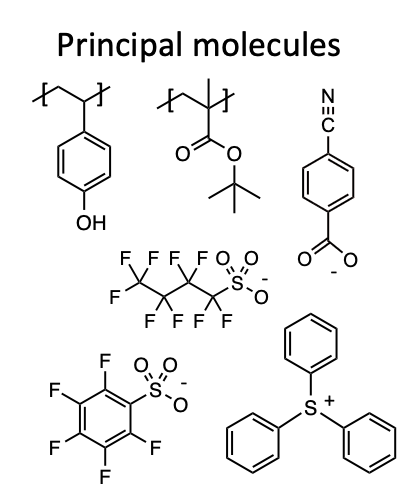RNMC

Reaction Network Monte Carlo

Reaction Network Monte Carlo
Three examples of applications of GMC, cobalt-catalyzed hydroformylation, solid-electrolyte interphase formation, and a system where energy is added, are provided.
We apply our GMC module to simulating cobalt-catalyzed hydroformylation. This application is choosen as an example because it has widely been studied and is a relatively simple organometallic reaction.
The following diagram outlines the reaction network of cobalt-catalyzed hydroformylation. The circles indicate different species and the solid lines indicate reactions. The numerical values inside the circles correspond to the species IDs used in the Python code to generate the .sqlite files to run GMC (see examples directory).
We apply the GMC module to study the solid-electrolyte interphase formation and evolution. Graph-based CRNs with optimal pathways to two SEI products, lithium ethylene dicarbonate and lithium ethylene monocarbonate and constructed and filted with the High-Performance Reaction Generation (HiPRGen). We then use the GMC module to sample the resulting reactive space and determine products of the HiPRGen-constructed network. Further details of this work are outlined here.
We also apply the GMC module to study EUV Lithography, a system where some amount of energy is pumped into the system. In this example a 92 eV photon is absorbed which enables 92 eV work of dG > 0 reactions. The principal molecules for the real full system are shown below.

This example contains a small subset of this overall system.